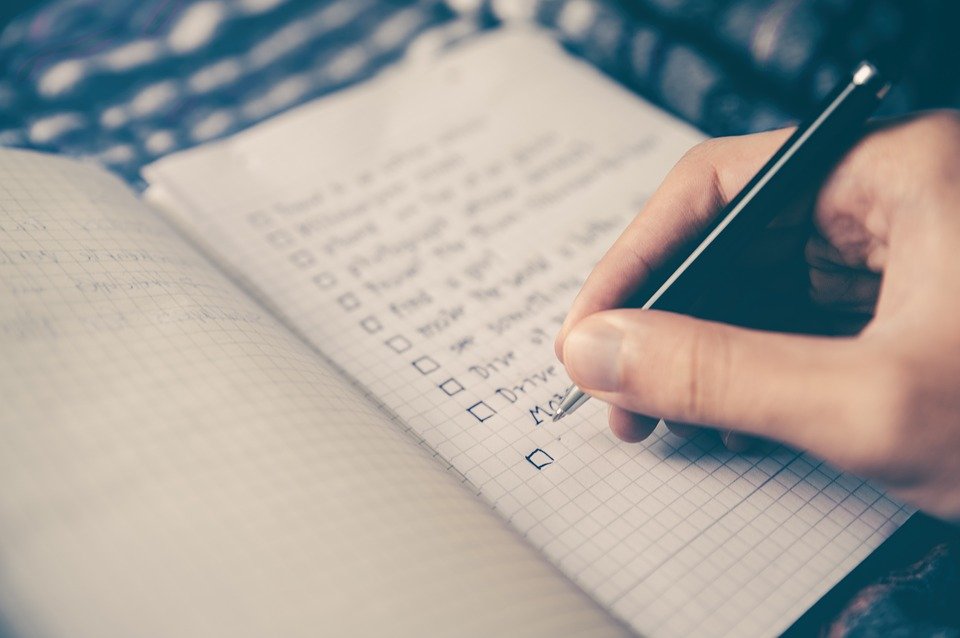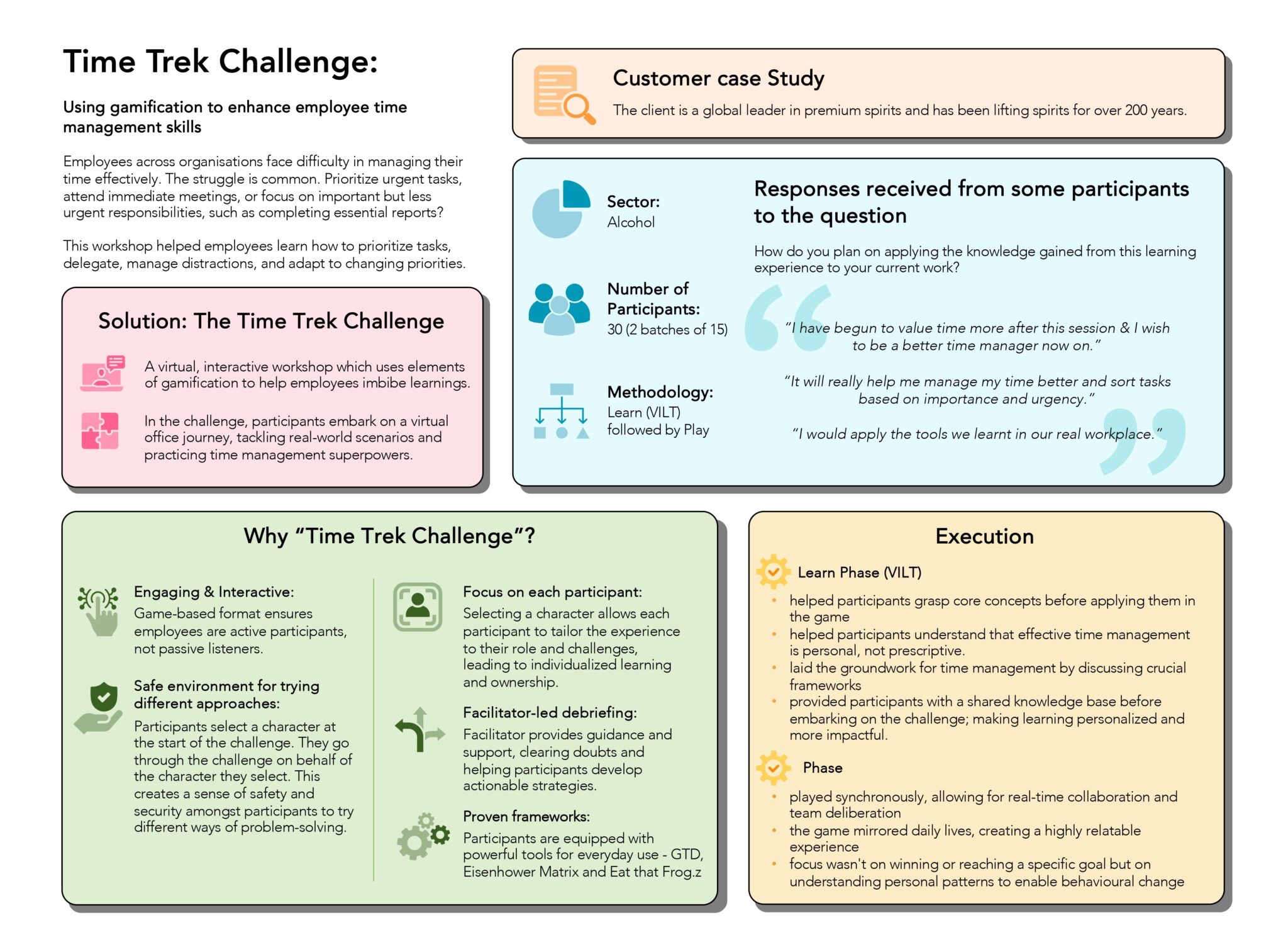
Has it ever happened that you overestimated how much work you will be able to accomplish in a given amount of time, only to find that you have a ton of pending tasks when the clock eventually runs out?
Until almost a couple of years ago, I would take up a lot of responsibilities with the promise that I would deliver the results by the deadline, only to find myself with a partially unchecked to-do list. It was only around two years ago that I came across a principle of ‘Planning Fallacy’ and since then my productivity has improved immensely!
Planning Fallacy
Table of Contents
Planning Fallacy, proposed by Daniel Kahneman and Amos Tversky in 1979, is a phenomenon in which predictions about how much time will be needed to complete a future task display an optimism bias and underestimate the time needed. Planning Fallacy is quite common and transcends gender, ethnicity, nationality, and age.
Until about a couple of years ago, I was attuned to making a to-do using The Eisenhower’s Time Management Matrix, popularised by Stephen Covey’s book – The 7 Habits of Highly Effective People. However, I still struggled with the commitment needed in managing time. Thus, I further added a host of habits to my daily routine that simplified my life and Not surprisingly, increased my productivity at least two-folds.
The Eisenhower’s Time Management Matrix is on top of my list. It not only narrows down the choices but further eliminates the urge to take care of the things that are easy ( however, may not be important) to accomplish.
Managing Attention
I deliberately put off a few things for later (or not do it at all). This allows me to focus on the thing that I must get done. While doing so, I look at things through the ‘significance lens’ to sieve some things out.
“Calendarization” or Working Backwards
I put the deadlines on a calendar and work backwards. This automatically gives me more control and eliminates any distraction that might occur. Another thing I keep in mind is the age old ‘Parkinson’s Law’ that states that
“work expands so as to fill the time available for its completion“.
So, if you give yourself more time to accomplish a task, you will take more time to complete it.
Doing “Nothing”
The hustle is not always fun and there are times when I get overwhelmed juggling personal to-do’s and professional goals. This is the time when I basically do nothing “productive.”
I even spend hours just watching TV. While this seems counter-productive, especially when there is a lot on my plate, it does help me sooth some burn-out. Planning an elaborate vacation is not always an option due to time and money constraints, thus, smaller breaks might be just right. I regain my focus soon after and get back to momentum!
De-Clutter & De-Compress
Yes, this may seem silly and rather inconsequential, but decluttering my workspace is one of the few things that truly does help me create an environment that enhances my productivity. Another thing that helps my work is taking short, small de-compressing breaks to get my head back in the game!
A quite space be it office or at home, sometimes gets deafening. That’s when I move out of my workstation and either catch up with a work colleague or call a friend to just ask how they are doing or listen to some music.
Meditation & Exercising
No matter how busy the day looks, spending some quality (and quite) time with myself allows me to stay centred and hence less distracted. It initially started as an extra item in my to-do list – Crunch my “things-to-do” so I can factor in some time for meditation and exercise, but over a period of time, I realise that this regimen has left me with more time than I ever had before.
Conclusion
These would be some of the things I follow to stay productive and energised through the day. Please do share anything that works for you or that you do to increase your productivity!










